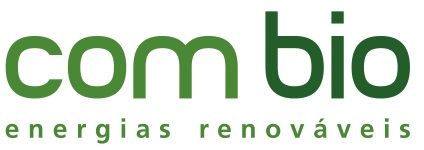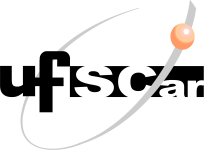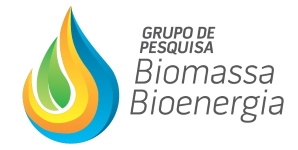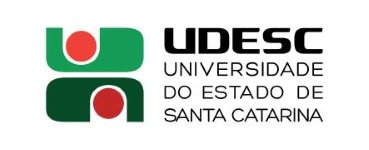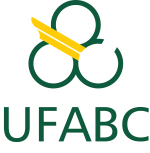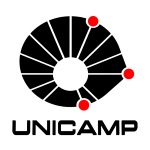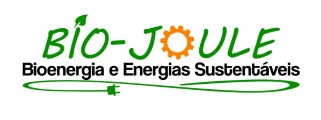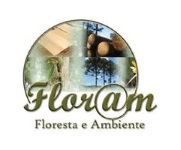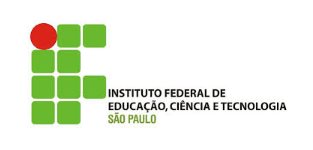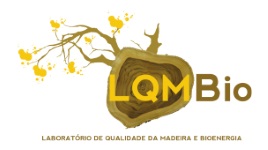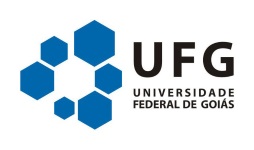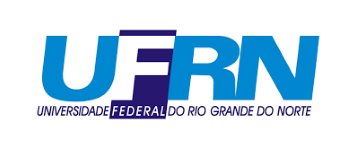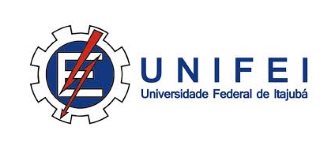FREE OR CAPTIVE CONSUMER? A CASE STUDY FOR A SUGAR-CANE MILLS
03 - Bioenergy: Economy, Market and Policy
 1 FELIP DOS SANTOS XAVIER, 1 FREDERICO SILVA MOREIRA
1 FELIP DOS SANTOS XAVIER, 1 FREDERICO SILVA MOREIRA
1 UNIVERSIDADE FEDERAL DE MATO GROSSO DO SUL
The free trade environment becomes increasingly feasible in the face of the recurrent increases in energy tariffs of energy distribution concessionaires, and the consumer must verify the viability of the transfer to this market. The study involves a complete analysis of the migration of the electric energy consumption of a sugarcane plant from the regulated environment to the free environment. This plant, Iaco Agrícola S / A, is located in the city of Paraíso das Águas, Mato Grosso do Sul. It is framed as a self-produced electric power, producing electricity during the harvest period, and consuming electricity during the period of off-season.The methodology adopted is based on the calculation of consumption and demand, with the values applied in the environment regulated by the local concessionaire, and in the free environment, by the transmission tariffs and energy values at the Settlement Price of the differences - PLD. The consumption data were collected by the mass memory and load curve provided by the distribution concessionaire. With these data, it was possible to calculate the costs if the plant were in the free market, producing its own energy.The operation of the IACO UTE occurs during the sugarcane harvest, which may vary according to the annual planning of the board. The off-season corresponds to the period in which the consumption of electric energy is carried out by another source of energy. In this period, the out-of-state consumption is supplied by the local utility and by diesel generators during peak hours.In addition to the off-season, during the harvest, problems can occur in the generation of energy, such as generator shutdowns due to the protective actions. When these events occur, the recovery of the system requires an approximate power of 2MW, having to be supplied by the diesel generators, due to the low power available by the local concessionaire in the existing rural three-phase consumption point. There will be no financial analysis regarding these consumptions, only a technical analysis of the energy supply through the transmission system, punctuating its benefits due to the fast recovery of the plant (high power supply) and its reliability.The result of this study was the technical and economic feasibility of the migration of the Iago Agrícola S / A plant to the free energy market. Technically, due to the quality of the supply by the Transmission system, it is much higher than the supply of the rural network of the local concessionaire, including facilitating the recovery of the plant in the case of protective actions. Economically, due to the more conservative scenario, a 10% savings in energy consumption spending was achieved, and a plausible scenario considering the cost of energy paid in the free market of 130.00 R $ / MWh would return a saving of 51%.
Keywords: energy saving, free energy market, sugar-cane mills
